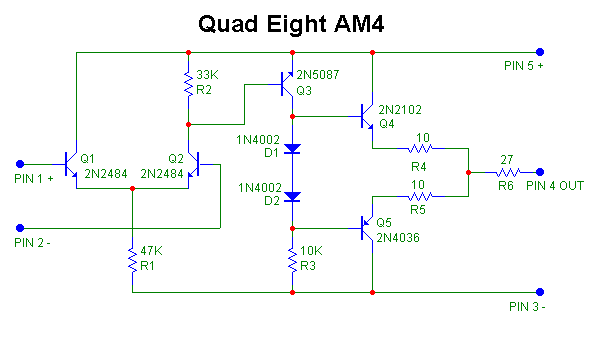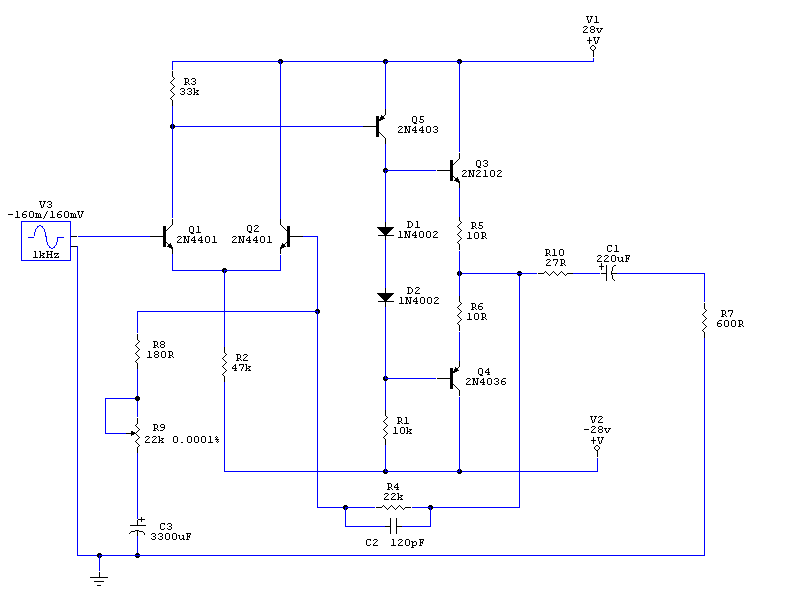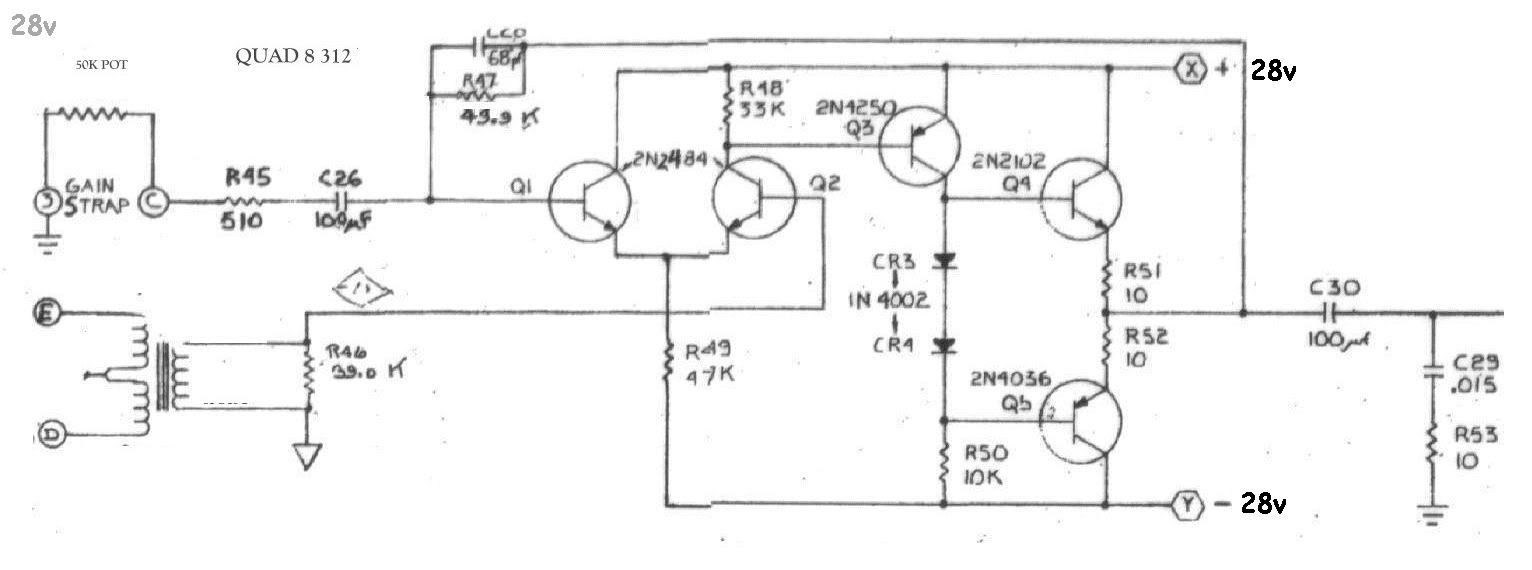have a 1:8 over here, Jensen JT-110K
so 64 times whatever mic is = sec Z
don't know the original, checking around...
looks like Reichenbach/Jensen were the transformer guys on the Quad 8 stuff,
there might be a tear-a-part on the output floating around as well,
Quad 8 name>
"Elaborating on this process a bit more, former Quad-Eight manufacturing engineer David M. Gordon told me "the process that was called 'Quad-Eight' was to print four strips of 8 mm film on one piece of specially perforated 35 mm film stock which would then be slit after developing. This enabled the lab to utilize the 35 mm processing equipment to develop consumer 8 mm film, hence 'Quad-Eight'."






